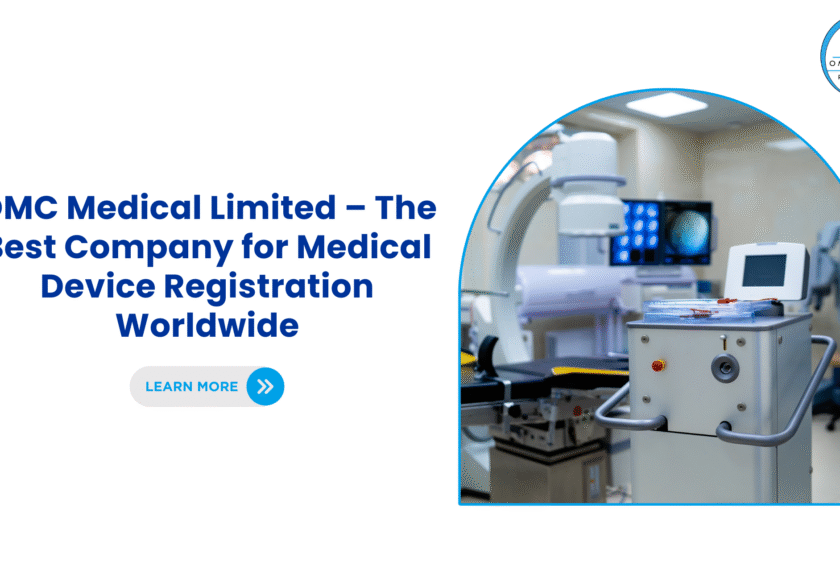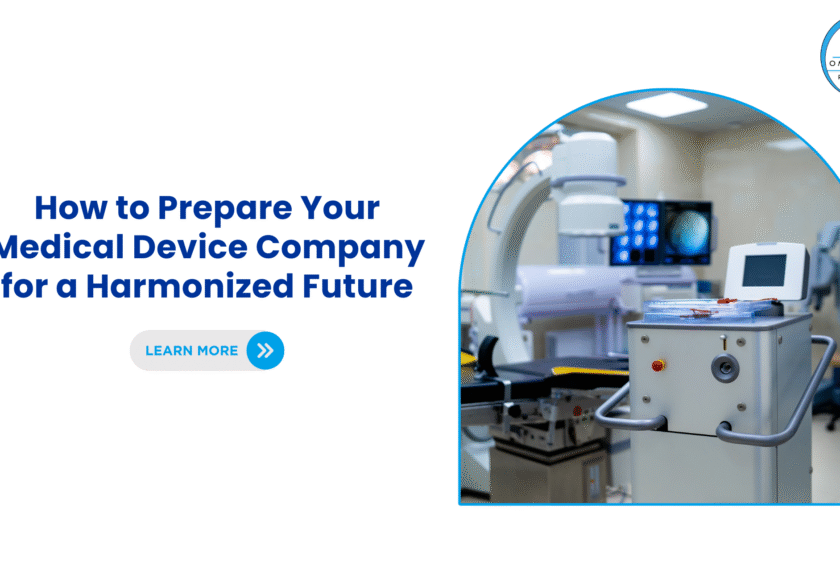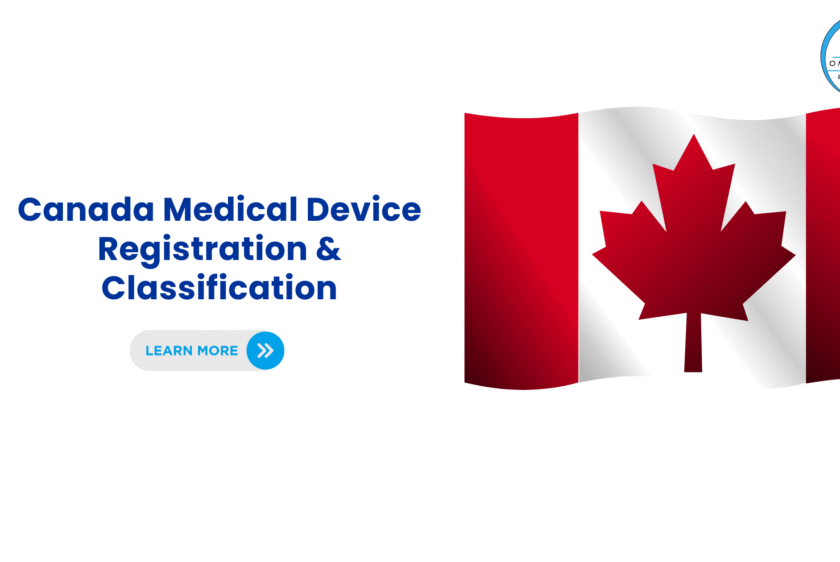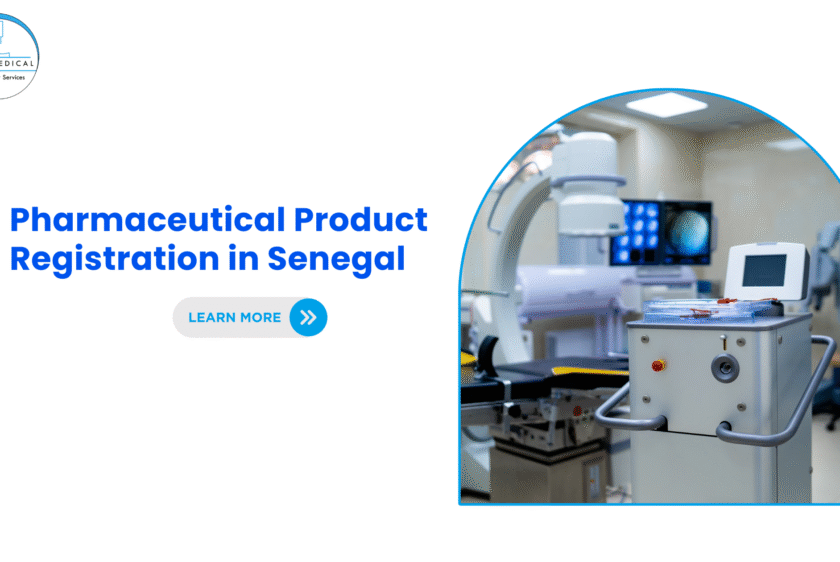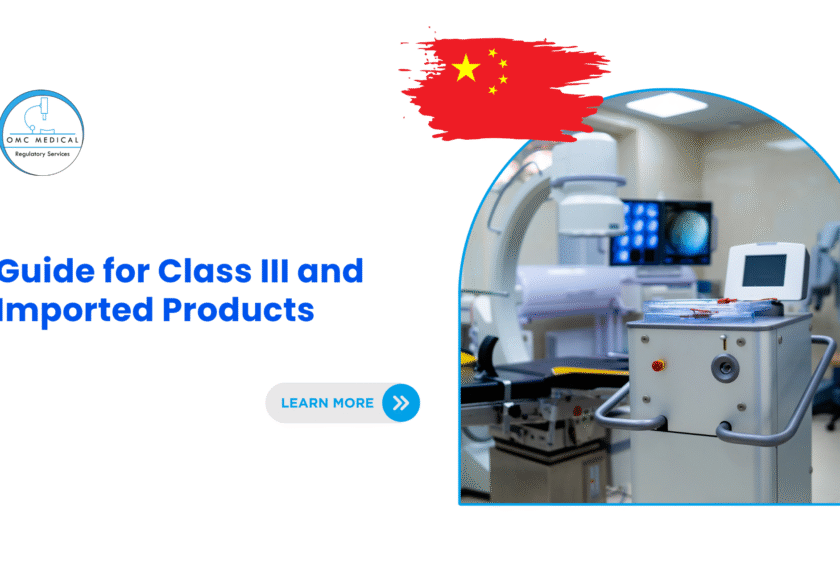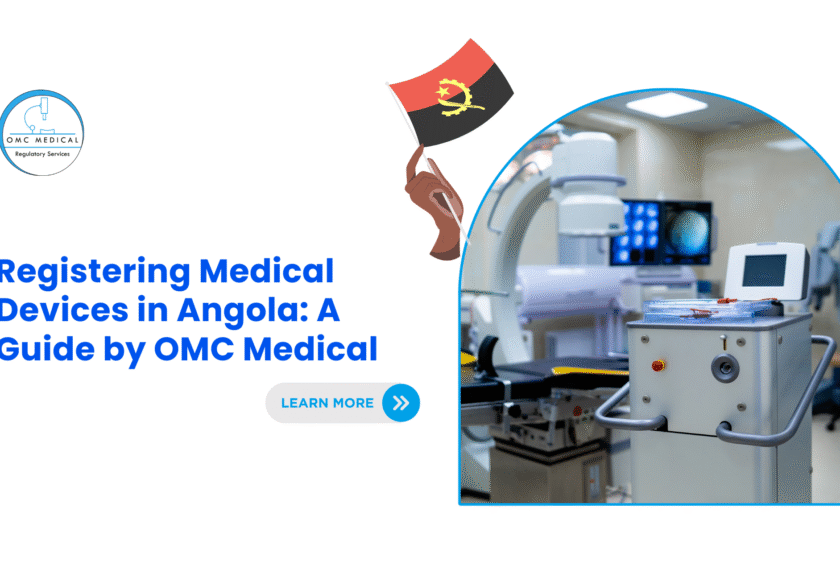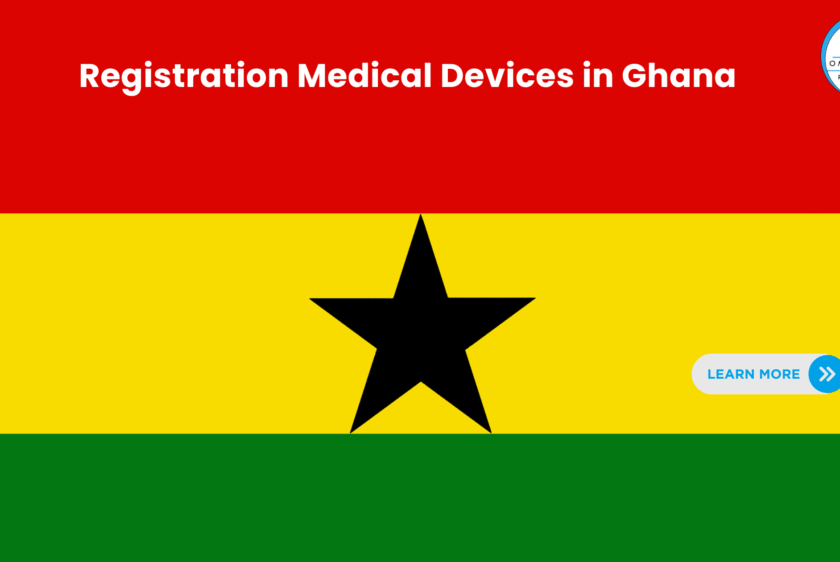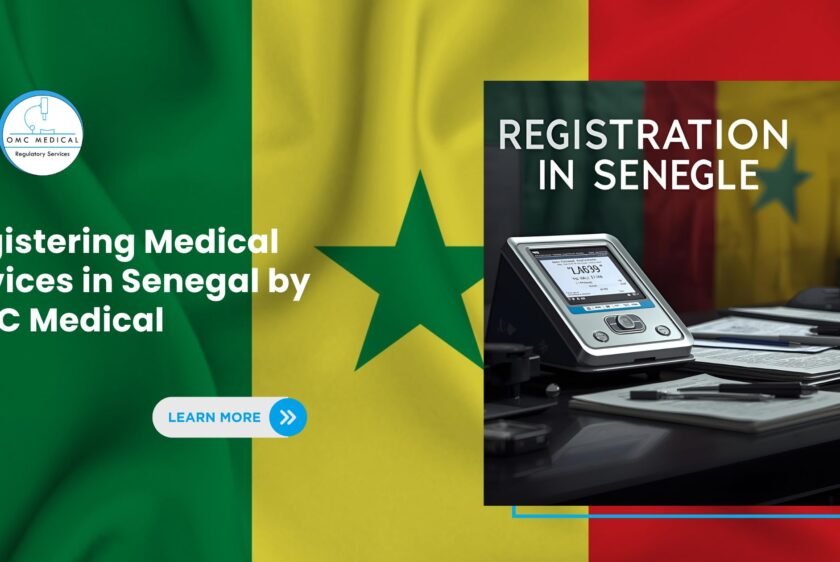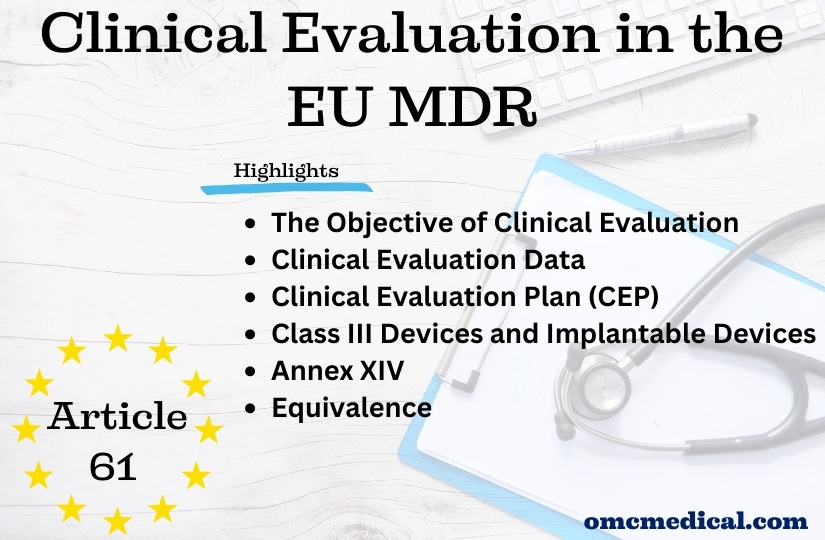Regulations
Medical device registration is one of the most critical steps in launching a healthcare product globally. Every market has its own set of regulations, documentation requirements, and compliance expectations. For manufacturers, this often means navigating a complex and time-consuming process before a product can legally reach hospitals, clinics, or patients. That’s where OMC Medical Limited comes in. Recognized as one of the best companies for medical device registration, OMC helps manufacturer...
How Regulatory Harmonization Could Speed Up Medical Device Approvals by 2026
Getting a medical device approved in multiple countries can feel like navigating a maze — every region has its own rules, documentation format, and approval process. But that’s changing fast. By 2026, global regulatory harmonization is expected to simplify how medical devices reach markets around the world. At OMC Medical, we help manufacturers get ahead of these changes. Whether you’re entering Canada, the UK, the Middle East, or Asia, understanding and preparing for harmonization now...
Canada Medical Device Registration Process & Classifications
Planning to sell your medical device in Canada? Health Canada is the government body that reviews and approves all medical devices before they can be marketed in the country. Their goal is simple — to make sure all devices are safe, effective, and high quality. If you are a manufacturer, importer, or distributor, you must understand how Health Canada classifies medical devices and what kind of licence you need. At OMC Medical, we help companies like yours register their devices smo...
A Strategic Guide to Pharmaceutical Product Registration in Senegal by OMC Medical
Senegal represents a pivotal pharmaceutical market in West Africa. For pharmaceutical companies looking to introduce their medicines, understanding and complying with the regulations set by the National Agency for Health Safety (ANSSA) is the first and most critical step. OMC Medical, with its deep expertise in Pharma Registration Senegal, provides this strategic overview to help you prepare. The Governing Body: ANSSA ANSSA is the central regulatory authority responsible for ensuring the...
Demystifying China’s Medical Device Registration Fees: A Guide for Class III and Imported Products
Navigating the financial aspects of your medical device registration in China is as critical as the technical dossier. Understanding the NMPA’s fee structure for Class III medical devices and imported medical devices can prevent costly delays and ensure a smooth path to market. At Shanghai OMC Medical Technology, we guide our clients through every financial and regulatory step. This article breaks down the official “Implementation Rules for Medical Device Product Registration Fees...
Navigating the NMPA Registration Fee: A Critical Step to Market Approval in China
Securing market approval for your drug or medical device from China’s National Medical Products Administration (NMPA) is a detailed process where every step counts. One of the most critical, yet sometimes overlooked, stages is the payment of the official NMPA registration fee. A misstep here can halt your entire application, causing significant delays and financial loss. At Shanghai OMC Medical Technology, we ensure our clients navigate this phase seamlessly from our strategic base in Ch...
Registering Medical Devices in Angola: A Guide by OMC Medical
Angola’s growing healthcare sector presents a promising frontier for medical device manufacturers. However, market entry is strictly regulated by the National Institute for Health Regulation and Equipment (Instituto Nacional de Regulação e Equipamentos de Saúde – INABEC). Successfully navigating this process is key to unlocking this potential. At OMC Medical, we provide expert guidance to secure your Medical Device Registration Angola. This article breaks down the essential step...
Overview of the Medical Device Registration Process in Ghana
Expanding your medical device business into Ghana requires a clear understanding of the country’s regulatory framework governed by the Ghana Food and Drugs Authority (FDA). Navigating this process can be complex — from product classification to dossier preparation, inspections, and approvals. That’s where OMC Medical comes in. As a trusted global regulatory consultancy, OMC Medical supports manufacturers and importers in obtaining Medical Device Marketing Authorizations in Ghan...
Registering Medical Devices in Senegal: A Guide by OMC Medical
Navigating ANSSA: Your Roadmap to Senegal Medical Device Registration The Senegalese healthcare market is rapidly expanding, offering significant opportunities for manufacturers of medical devices. However, gaining market access requires strict adherence to the regulatory framework governed by the National Agency for Health Safety (Agence Nationale de la Sécurité Sanitaire – ANSSA). At OMC Medical, we specialize in guiding companies through the precise requirements for Medical Device Reg...
Article 61 Clinical Evaluation in the EU MDR
Article 61 Clinical Evaluation The MDR reinforces the clinical data and evaluation process (article 61 and Annex XIV), and the manufacturer must confirm the device’s conformity to fundamental health and safety requirements using reliable clinical data and evaluation. The clinical evaluation establishes the device’s safety and capacity to fulfil its intended function. It also evaluates adverse side effects and determines whether the benefit-risk ratio is acceptable. Manufacturers must...


